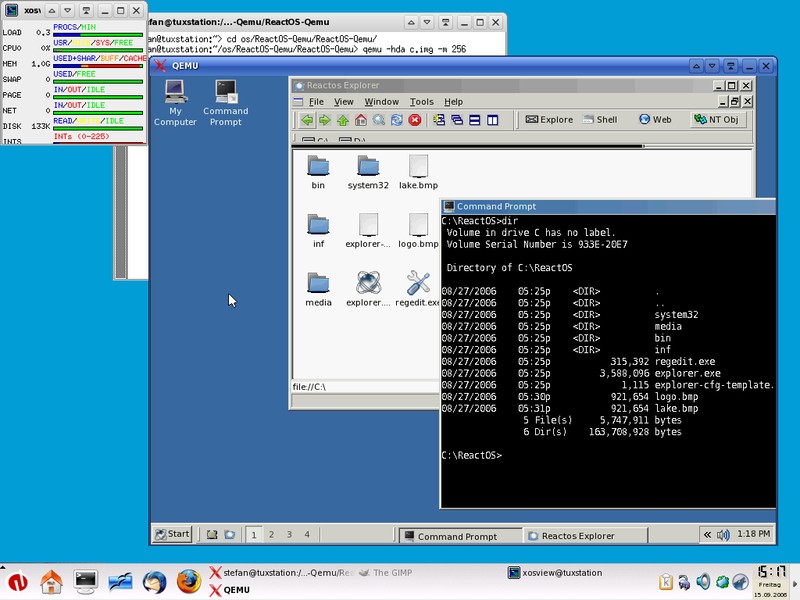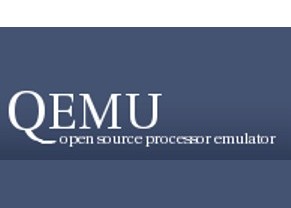| QEMU 2.0.0 Released |
| Written by Harry Fairhead | |||
| Tuesday, 22 April 2014 | |||
|
Version 2.0.0 of the open source machine emulator and virtualizer QEMU has been released introducing support for the KVM emulator on ARM systems.. QEMU (short for "Quick EMUlator") is a free and open-source hosted hypervisor that performs hardware virtualization.
The QEMU site explains its two modes of operation as follows: When used as a machine emulator, QEMU can run OSes and programs made for one machine (e.g. an ARM board) on a different machine (e.g. your own PC). By using dynamic translation it achieves a good performance. When used as a virtualizer, QEMU achieves near native performances by executing the guest code directly on the host CPU. QEMU supports virtualization when executing under the Xen hypervisor or using the KVM kernel module in Linux. When using KVM, QEMU can virtualize x86, server and embedded PowerPC, and S390 guests
QEMU on Linux running the ReactOS operating system (Wikipedia)
In announcing the new version Michael Roth of the IBM-Linux Technology centre commented: The new features he lists includes:
Detailed information about all of the changes can be found in the changelog.
More InformationRelated ArticlesThe Appliance of...Virtual Machines Getting Started With Azure Linux VMs
To be informed about new articles on I Programmer, install the I Programmer Toolbar, subscribe to the RSS feed, follow us on, Twitter, Facebook, Google+ or Linkedin, or sign up for our weekly newsletter.
Comments
or email your comment to: comments@i-programmer.info |
|||
| Last Updated ( Tuesday, 22 April 2014 ) |




